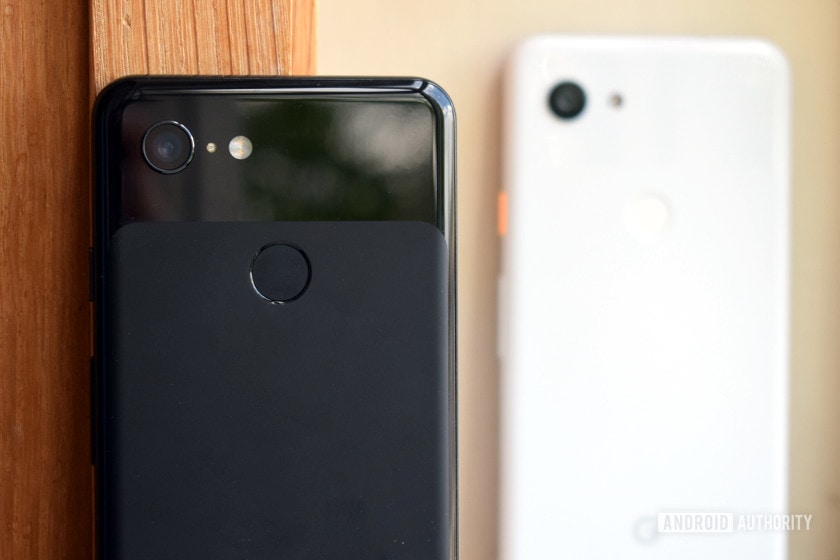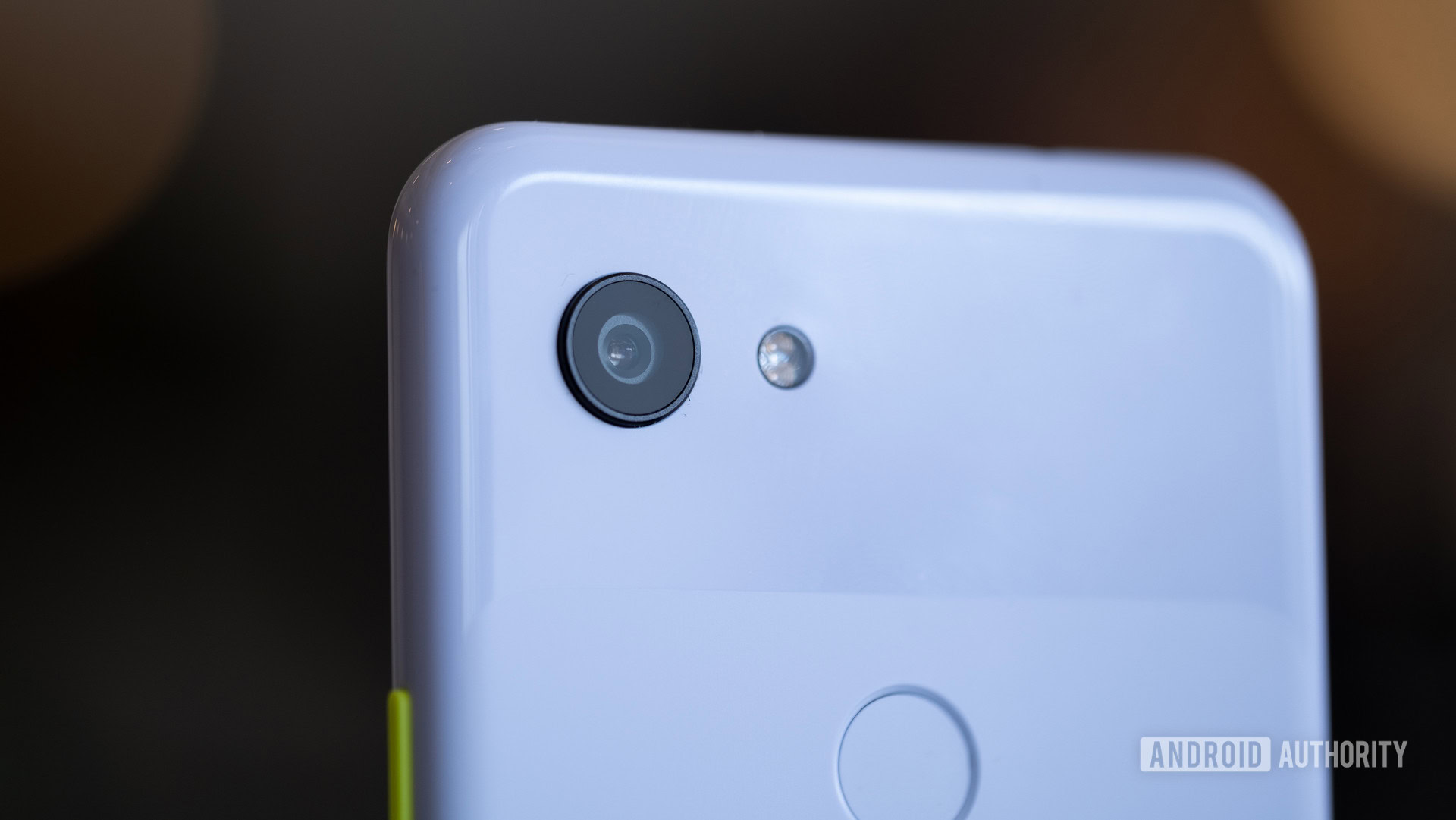Affiliate links on Android Authority may earn us a commission. Learn more.
Google Pixel 3a vs Pixel 3 camera comparison: What do you lose by saving $400?
Published onAugust 3, 2019

The Google Pixel 3a is a compelling mid-range handset in its own right. Starting at just $399 compared to the $799 Pixel 3 and packing many of the features you get in its premium sibling, the addition of Google’s photography expertise is the cherry on top of an already well-iced cake. So perhaps the deciding question when picking between these two phones, besides price, is which takes better photos?

On paper, the core camera hardware is exactly the same between the Pixel 3 and Pixel 3a handsets. The same is true if you opt for the XL models also. Google’s latest camera package offers a single 12.2MP camera with f/1.8 aperture, 28mm focal length, and 1.4µm sizes pixels. All the phone also come with optical image stabilization (OIS) and phase detection autofocus (PDAF). One noticeable difference is that the Pixel 3 includes a second 8MP selfie camera with a wide-angle lens, but that’s arguably a marginal change.
There is one other more significant hardware change — the Pixel 3a series misses out on Google’s Pixel Visual Core processor. This little co-processor sits alongside in the Pixel 3 camera, accelerating image processing tasks like HDR, depth mapping for bokeh blur, and low light photography. Instead, the Pixel 3a handles these takes on its CPU, GPU, and DSP components. We’ll get to what that means for image quality and performance a little later.
Google Pixel 3 vs Pixel 3a camera basics
As the Pixel 3 and 3a boast the same camera hardware, the only variable that could make a difference to image quality would be processing. Let’s see if that’s the case with a few sample shots:
On the whole, images taken with the Pixel 3 and 3a are virtually indistinguishable. Both capture the same level of detail, produce identical levels of exposure, and perform similarly questionably in low light (when not using Night Sight).
One area where we sometimes see a discrepancy is in color reproduction. The same lighting sometimes produces a slightly different white balance and level of color saturation. The Pixel 3 leans more towards warmer hues and added color pop. You can see this in the garden above and food sample below. Occasionally, neither phone quite nails the perfect white balance, but mostly it’s a point of preference about how warm or cool you prefer your pictures.
Pixel 3a images sometimes come out slightly cooler
However, a look at overall color performance doesn’t seem to highlight the same issue. This suggests that Google is implementing a scene-based algorithm that can be a bit temperamental. Even so, there’s very little to tell between the two cameras and both are excellent shooters. The Pixel 3a especially so for its price point.
Does the Pixel Visual Core make a difference?
While day-to-day pictures appear very similar, Google heavily leverages its machine learning expertise to improve its rather standard looking camera hardware. So, does the Pixel 3a keep up with the flagship Pixel 3 in HDR and Night Sight tasks without the Pixel Visual Core?
When it comes to HDR enhancements, the results are excellent on both models. Blues can be made out in overcast skies, while the dark shadow depth is improved substantially too. The only difference is a slower processing time for the Pixel 3a, due to the missing Pixel Visual Core. However, the same algorithm can clearly run on other processing components with great results, it just takes a little longer to produce the output.
The results are similarly impressive when utilizing Google’s Night Sight technology. This mode takes multiple pictures with some very long exposures to turn dark low light scenes into much better lit pictures.
Despite some slight color differences, both phones are very capable of taking a grainy, almost pitch-black scene and capturing a well lit, low noise result. The inclusion of OIS in both models helps tremendously here and it’s important that Google didn’t cut this corner on the cheaper Pixel 3a model. That being said, focusing on the subject remains a problem for both phones in extremely low light.
HDR+, Night Sight, and Portrait effects are identical on both models.
Finally, we come to the portrait/software bokeh mode. Again, this technique heavily leverages machine learning for edge detection and blur. Interestingly, the Pixel 3 switches to a 2x zoom while capturing images in portrait mode while the 3a doesn’t have to. So does this have any impact on bokeh quality?
The answer is a resounding no. Both the Pixel 3 and 3a produce great portrait effects, with the same quality of blur when taking the same shot. The only difference is the frame focal length, which makes the shot look slightly different. But the amount and quality of the blur is the same on both handsets.
Unfortunately, both also suffer the same problems with edge detection on non-smooth surfaces, such as hair or the cactus needles above, and with foreground/background limits. This is a common problem not limited to Google, and the Pixel’s do a passable job without resorting to a dedicated 3D depth camera.
Google Pixel 3a vs Pixel 3 camera verdict
Google’s Pixel range has deservedly earned a reputation as one of the better options for mobile photography. Arguably one of the Pixel 3a’s most appealing feature is Google’s flagship photography capabilities in a lower price package. Image capture and post-processing quality are essentially identical between the two, bar the occasional differences in color balance. Better still, Google’s cutting edge machine learning features, like Night Sight and HDR+, make their way to the Pixel 3a completely intact. The only trade-off is that processing these advanced features takes a little longer on the Pixel 3a.
Processing images may take a little longer, but the Pixel 3a is more than a match for its premium sibling.
However, Google’s photography package still remains one of compromise. The company sacrifices flexible shooting options like long-range zoom and wide-angle cameras — at least until the Google Pixel 4 arrives — in favor of its machine learning-based approach. However, even Google gets it wrong sometimes and I’m not convinced that the Pixel 3 or 3a always nail the correct colors when shooting with HDR enabled. But if you’re looking for a consistently good looking shooter on a budget, the Pixel 3a is hard to beat.